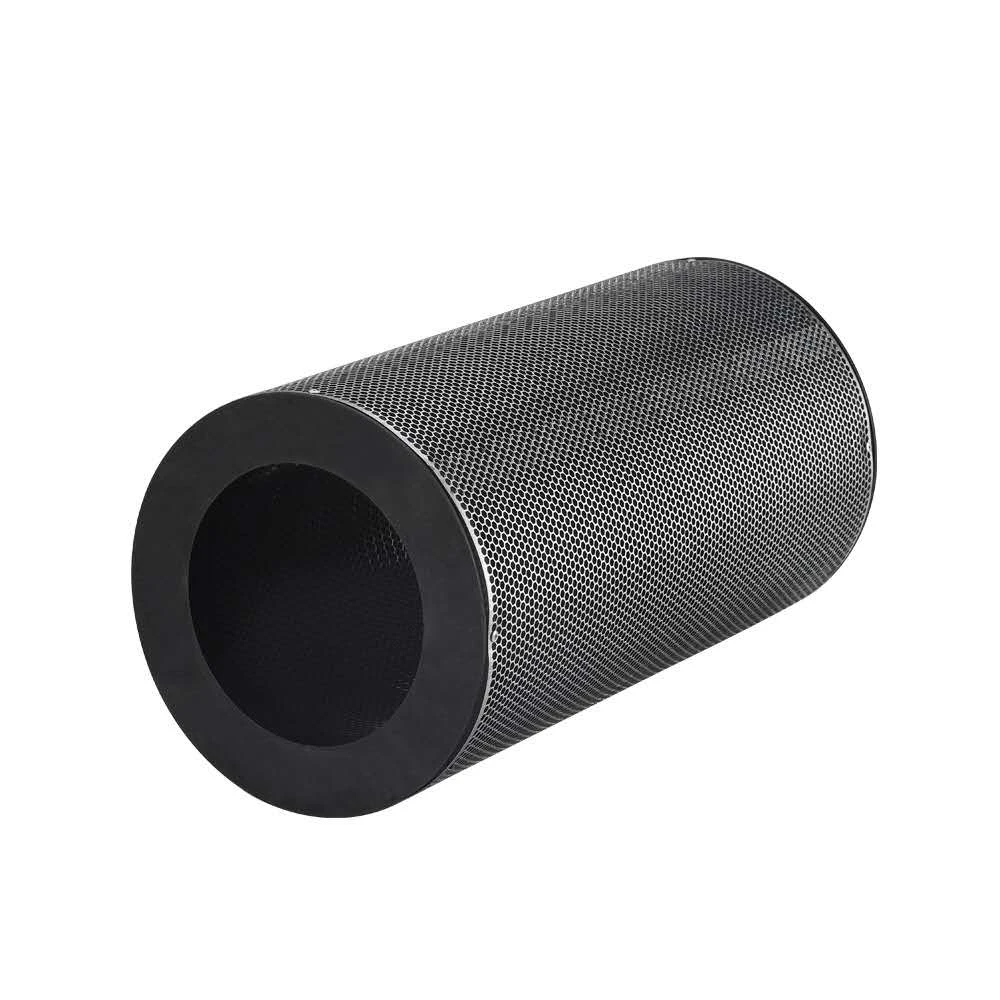Sep . 21, 2024 01:50 Back to list
4mm low iron glass
Understanding 4mm Low Iron Glass Benefits and Applications
In the world of modern architecture and design, glass plays a crucial role, offering both aesthetic beauty and functional advantages. Among various types of glass, 4mm low iron glass has gained significant attention for its unique properties and versatility in application. This article will explore what low iron glass is, its benefits, and where it is commonly used.
What is Low Iron Glass?
Low iron glass, as the name suggests, is a type of glass that contains a reduced amount of iron oxide compared to regular glass. The main difference lies in its composition, which gives low iron glass a much higher level of clarity and transparency. While traditional glass has a greenish tint due to the presence of iron compounds, low iron glass appears almost crystal clear. This clarity is particularly desirable in applications where aesthetic quality and brightness are crucial.
Benefits of 4mm Low Iron Glass
1. Superior Clarity The foremost advantage of 4mm low iron glass is its remarkable clarity. It allows for 90%+ light transmission, making it ideal for applications where unobstructed views and natural light are paramount.
2. Enhanced Color Rendering Low iron glass minimizes color distortion, ensuring that colors appear more vibrant and true to life. This feature is especially advantageous for environments where color accuracy is essential, such as galleries, display cases, and high-end retail spaces.
3. UV Resistance While conventional glass can block some UV rays, low iron glass offers additional protection against harmful UV radiation. This quality helps protect interior furnishings, artworks, and other sensitive materials from fading and degradation caused by sunlight exposure.
4. Versatility Available in various thicknesses, including the commonly used 4mm, low iron glass is versatile in its applications. It can be tempered, laminated, or used in double-glazing systems, enhancing its strength and safety.
4mm low iron glass

5. Eco-friendly Option Many manufacturers produce low iron glass using sustainable practices, making it an eco-friendly choice for environmentally conscious consumers and builders. Its high transparency allows for more natural light, reducing the need for artificial lighting and lowering energy consumption.
Applications of 4mm Low Iron Glass
Due to its exceptional qualities, 4mm low iron glass finds applications across numerous sectors
- Architecture and Facades It is commonly used in commercial and residential buildings for windows, curtain walls, and atriums, where aesthetic appeal and light transmission are critical. - Retail Displays Retailers prefer low iron glass for display cases and fittings as it provides maximum visibility for products while maintaining an elegant look.
- Interior Design It is often used in interior partitions, staircases, and balustrades to create an open, airy feel while ensuring safety without compromising design aesthetics.
- Greenhouses and Conservatories The excellent light transmission properties of low iron glass make it an ideal choice for greenhouse structures, promoting optimal plant growth.
Conclusion
4mm low iron glass represents a remarkable advancement in glass technology, combining clarity, durability, and aesthetic appeal. Its unique properties have made it a preferred choice for architects, designers, and homeowners alike, enabling them to create beautiful, functional spaces. As the demand for more sustainable and visually appealing materials continues to grow, low iron glass stands out as a game-changer in the industry.
-
Safety and Style with Premium Laminated Glass Solutions
NewsJun.24,2025
-
Reinvents Security with Premium Wired Glass
NewsJun.24,2025
-
Premium Float Glass Line for Modern Architecture
NewsJun.24,2025
-
Low Emissivity Glass for Energy-Efficient Architecture
NewsJun.24,2025
-
High-Performance Insulated Glass Solutions for Modern Architecture
NewsJun.24,2025
-
Elevates Interior Style with Premium Silver Mirror
NewsJun.24,2025
Related PRODUCTS














